Conceptual Art is a Symbolic Object
“My ideas often come into existence without words, images or sounds. But, they emerge with the complexity of a miniature galaxy with principles of operations and relationships within a structure that governs the concept.
The art projects that emerge from the conceptual art, are then defined and begin their life, leaving evidence of the artistic process in various forms. Then when it is time, other artists are invited to contribute their concepts and skills which form new art objects with a gravity of their own, each art object defining its own orbit within the system.
My conceptual art always lives within me in the way it began. But, in the physical world, each art project develops a life of its own independent of its creator, that reveals itself over time.” ~ Karen Earle Lile
The Conceptual Art Leaves Evidence of the Artist’s Process
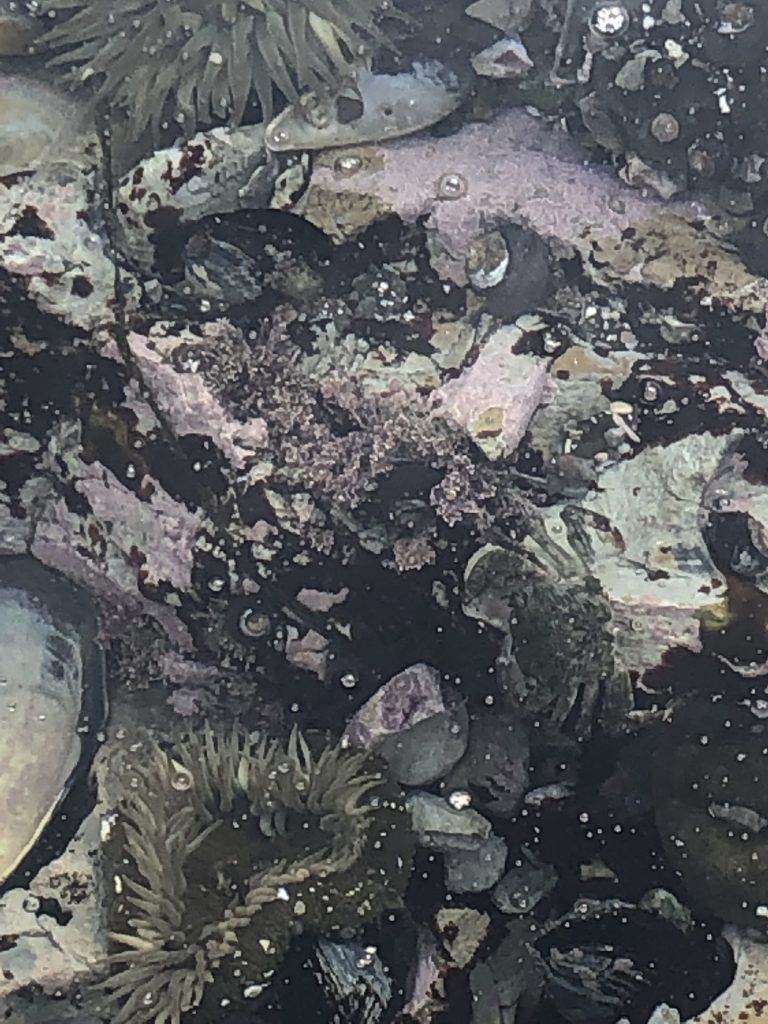

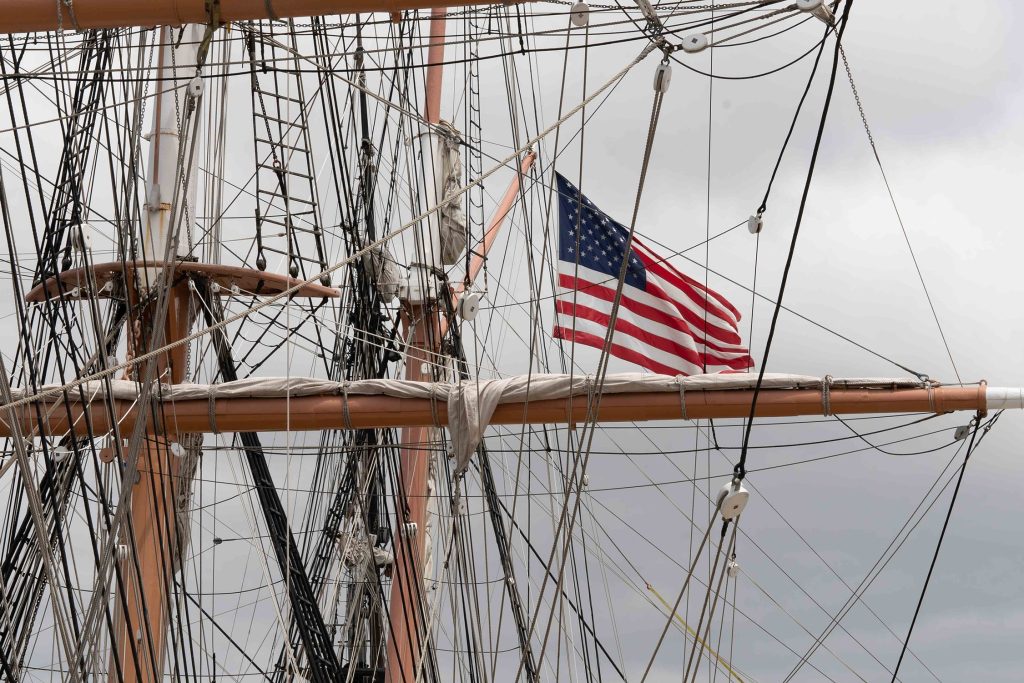
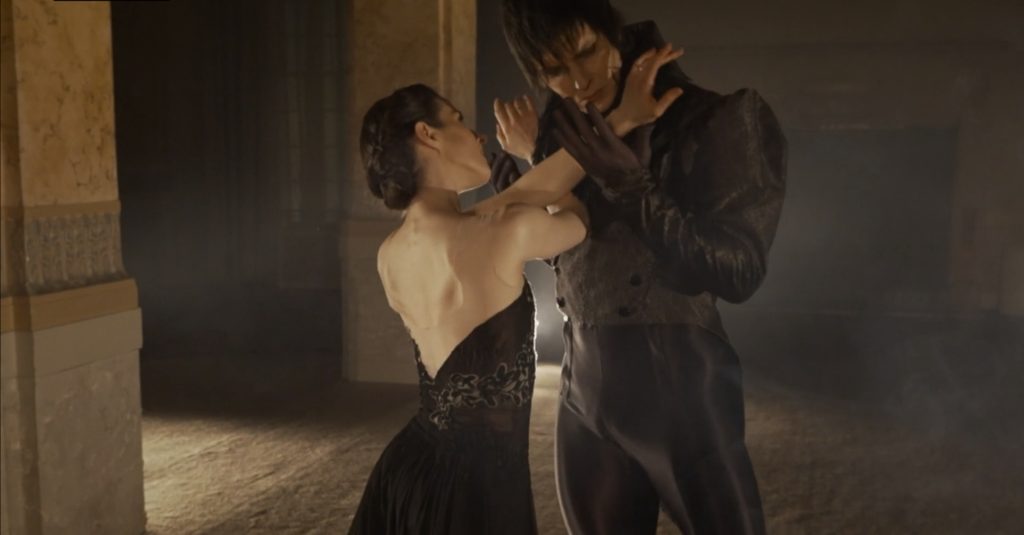
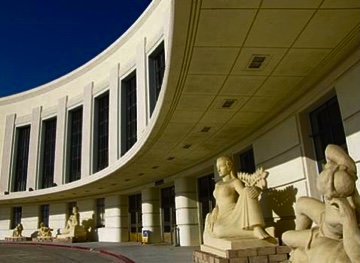

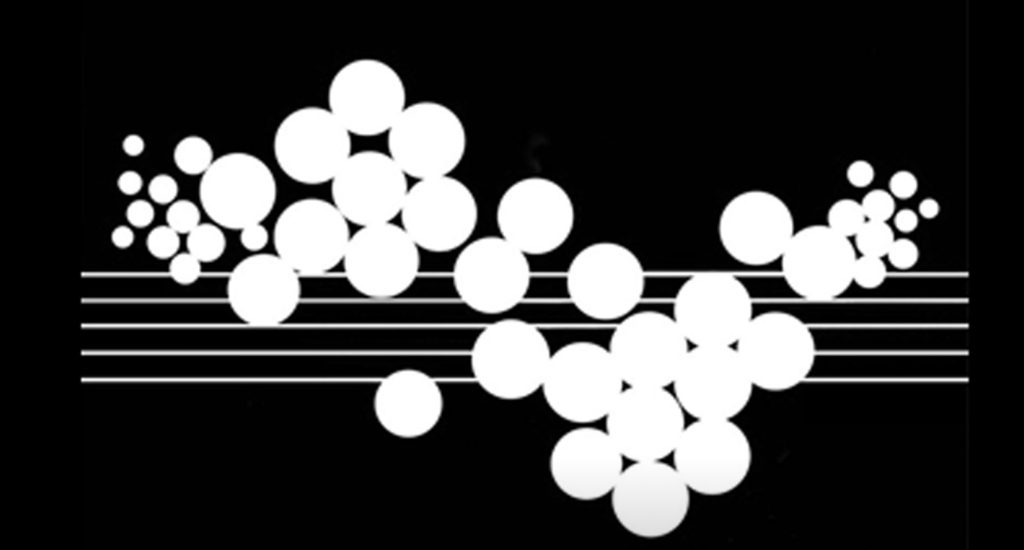
Conservation and Historical Documentation
Conservation involves preparing a strategy to actively preserve the original intention of the creators of significant objects, both physical and conceptual and working closely with a team of experts with the skills to actively reverse the effects of entropy and time with the goal of preserving the object and its ontology for future generations. Documentation is an essential part of preservation. Historical writings give the contemporary perspective on the past, but documentation of important facts, processes and designs help make it possible for future generations of researchers to glean additional interpretations that come with the passage of time.
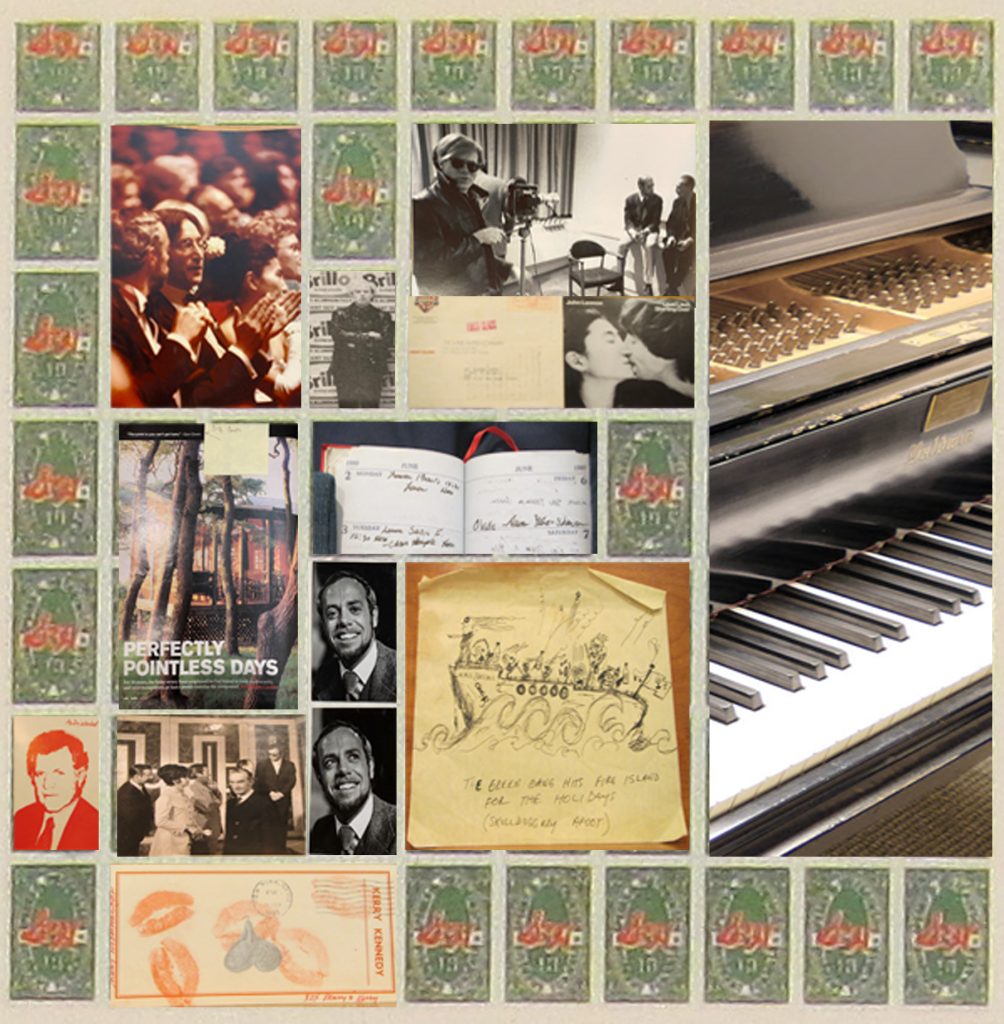
Collage and photography by Karen Earl Lile of photos and Sam Green Papers at Yale Beinecke Rare Book and Manuscript Library 2022 for provenance research on Lennon-Ono-Green-Warhol Piano commissioned by Mercersburg Academy and Sassan Shaaol.
Definitions from the
Getty Research Institute Art and Architecture Thesaurus
Art Object: Evidence of the artistic practice of a certain artist, a document of certain tendencies in visual arts of the time, of the collection process and the artwork.
Art Project: An art form in its own right displacing the work of art as a finite object with an “open ended”, post studio, research based, social process extending over time and mutable form. A device designed not to achieve a particular end, but to allow something unforeseen to happen.
Conceptual Art: Art from any period in which the idea represented is considered more important than the finished product.
Conceptual Artists: Artists who work in the genre of conceptual art, which is the genre of art in which the ideas or concepts that a work expresses or refers to are considered to be its defining characteristic, and the finished material result, if it exists at all, is regarded primarily as a form of documentation rather than as the art work.
Conservators: People responsible for treatment, preventive care, and research directed toward the long-term safekeeping of cultural and natural heritage. For those engaged in making changes to an object or structure in order to prevent further deterioration, see “preservationists.” For those who make changes to an object or structure so as to closely approximate its state at a specific time in its past, see “restorers.”
Historians: Those trained or working in the field that studies the chronological record of events, such as affecting a nation, community, individual, object, or place, based on a critical examination of source materials.
Installations (visual works): Works dating from the 1960s or later that use their exhibition space as part of their design. Demanding a viewer’s active engagement, installations are often created by artists in direct opposition to the notion of permanent artwork, or art as a commodity.
Objects Facet: Discrete tangible or visible things that are inanimate and produced by human endeavor, that is they are either fabricated or given form by human activity. These range in physical form from built works to images and written documents. They range in purpose from utilitarian to aesthetic,
Performance Art: Refers to works of art that unfold over time and that combine elements of theater and object-oriented art.
Performance Artists: People who formulate works of performance art. For people in the traditional performing arts, use “performing artists.”
Preservationists: Persons who advocate conservation of natural resources.
Restorers: Those engaged in making changes to an object or structure so that it will closely approximate its state at a specific time in its history. When changes made are to prevent further deterioration, see “preservationists.” More generally, for those who undertake treatment, preventive care, and research directed toward long-term safekeeping of cultural and natural heritage, see “conservators.”
Sound Art: General term for works, particularly contemporary works, that integrate sound and the visual arts
Sound Artists: Artists that integrate sound with visual art, often in the form of sound sculptures and sound installations.
